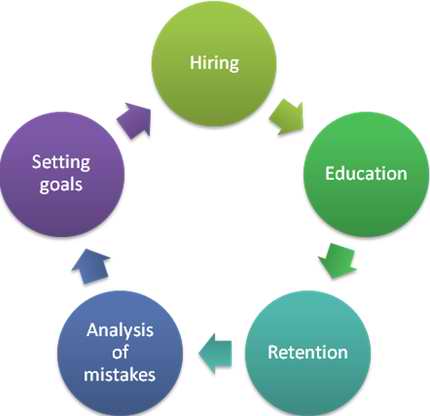Human resource metrics are widely implemented in small and large organizations these days. This is because the growing number of business owners realize their importance for the development of their companies. The main purpose of HR measurement is to point out problems that prevent the company from maximizing their profits. These metrics also help develop business objectives and the most effective methods of achieving them. Apart from this, human resource metrics make it possible to learn how to develop a reliable monitoring and evaluating system in order to measure the HR performance of the company. Therefore, it makes sense to state that human resource metrics are interrelated with the business strategic planning.

HR metrics are mainly used to measure the following aspects: the productivity of activities performed by the HR department, turnover and retention rates, recruiting efficiency, employee skillfulness and training, customer satisfaction etc. If these metrics are compiled properly, they make it easier to obtain the following statistics: revenue factor, human capital added value, return on investment, overall compensation revenue ratio, personnel training ratio, voluntary separation rate, health care expenses, labor cost revenue ratio, turnover costs etc. Let us have a closer look at some of these metrics and the way they are calculated.

The first human resource metric we are going to discuss here is revenue factor. It is calculated by means of dividing the company’s overall revenue by the amount of employees who work full time. If you wish to identify the human capital added value, you will have to consider the total revenue of the organization minus operating and compensation expenses divided by the overall number of employees who work full time. Total compensation revenue ratio, in its turn, is defined by means of dividing the overall compensation cost by the company’s revenue.
It is no secret that proper personnel training contributes to their productivity. With regard to this, it becomes clear why training investment should be obligatory considered by the company’s managers. This HR metric is calculated by dividing the overall cost of training by the total amount of employees who need this training.
If all the above mentioned human resource metrics are implemented and measured properly, it will contribute to the improvement in the company’s competitiveness, increase in its productivity and employee satisfaction as well as enhanced return on investment. As a result, these changes will be reflected in the improved business performance as well.